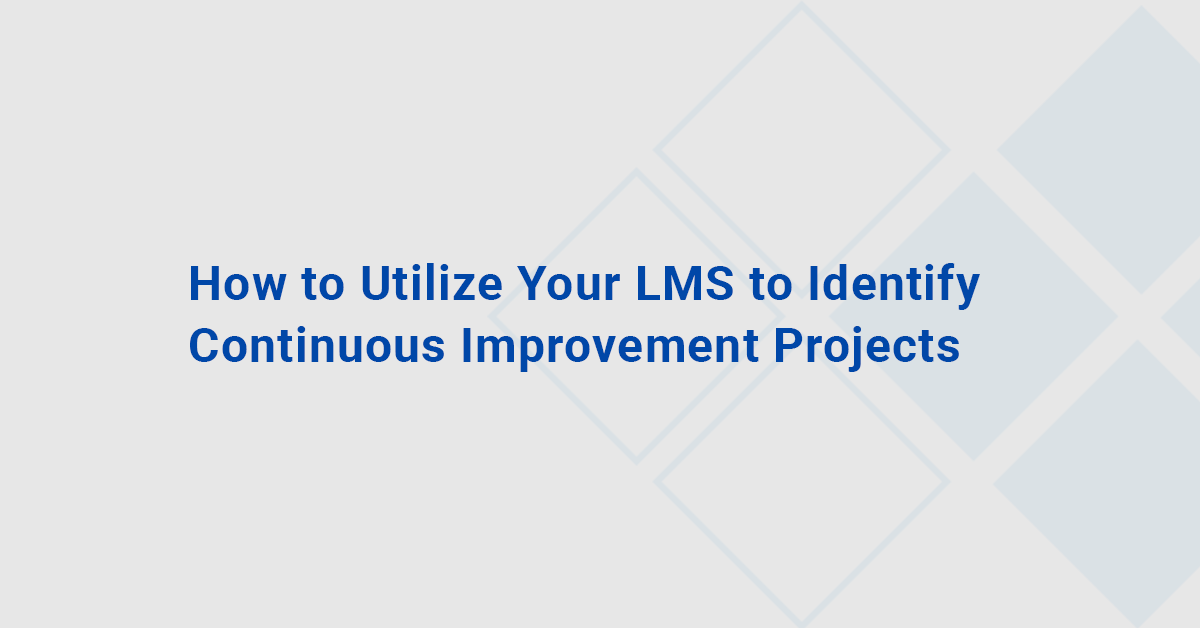Executive summary:
- An LMS can help drive continuous improvement across your operations
- Advanced BI capabilities provide visibility into critical metrics
- An LMS can drive non-performance-related improvements
As demand for faster delivery, the labor shortage, inflation and other constraints put strain on the supply chain, organizations must continue to look for opportunities to drive efficiency and productivity within their operations. Whether it’s optimizing warehouse layout or standard operating procedures (SOPs), better labor planning or changing your replenishment strategy, these hidden opportunities can significantly increase performance and can often be worth hundreds of thousands of dollars a year.
A tier-1 labor management system (LMS) provides the data and insights needed to identify, plan and measure continuous improvement projects throughout the supply chain, including those that are not tied to employee performance.
[CHOOSING THE RIGHT LABOR MANAGEMENT PARTNER FOR YOUR BUSINESS]
Using an LMS to Drive Continuous Improvement
A tier-1 LMS with business intelligence (BI) analytics capabilities gives organizations visibility into key metrics to identify trends or issues that need to be addressed. An LMS can seamlessly integrate with a warehouse management system (WMS), enterprise resource planning (ERP) or other operational system to aggregate and analyze data collected within a warehouse or network to identify potential continuous improvement opportunities. Organizations can effectively project what the change would look like and the expected impact. Then once the project has been implemented, they can measure the results and determine if the actual savings met expectations.
While LMS traditionally focuses on performance opportunities at the individual, team, department and facility level – such as productivity and utilization rates and units per hour – systems with more advanced BI tools allow businesses to also mine critical non-performance-based data, enabling even greater improvement opportunities.
Here are a few examples of critical data available within an LMS that can be used to identify and support continuous improvement projects within your operation:
- Travel time. Increasing travel time per unit could indicate that products aren’t in the optimal slot in the warehouse and point to an immediate change needed to the slotting strategy.
- Lost time. Lost time at the start and end of shifts, as well as around breaks and lunch, is usually low-hanging fruit to address labor productivity issues. An LMS not only provides visibility into where time is wasted but provides insight into possible solutions, such as your material handling equipment area being too far from your start-up meeting or a need for a more efficient process to distribute RF devices.
- Incentive Pay. Data around incentive pay over a period of time can be a great motivator to new and veteran associates to know how much more they can earn if they maintain a certain level of performance.
Cost to serve. Understanding the costs associated with processing orders for one customer versus another or certain types of orders can help organizations better understand those costs. An LMS can provide visibility into these metrics to determine if pricing for certain activities needs to be adjusted, certain order types should be processed in another part of the distribution center (or another building altogether), or a process change is needed. - Picking volume. Measuring the percentage of picking volume of full pallets, cases and “eaches” compared to expectations can indicate needed adjustments to forecasts or labor planning. Not only would this impact labor requirements, but it also impacts cost-to-serve as well. If you’re charging a customer a certain dollar amount per case shipped, but the ratio of full pallet picks vs. case picks has changed, the pricing should potentially be adjusted accordingly to maintain appropriate margins.
- Carton fill percentage. Measuring carton and trailer fill percentages help ensure you’re fully utilizing capacity and not paying for wasted space or using the wrong type of packaging. An LMS can accept data from multiple sources including inventory master files. Having packaging data combined with the labor associated with pack-out can be used to justify a machine to “right-size” your cartons/polybags, redesign the packing station, and/or validate the inventory master file itself.
- Vendor performance. Tracking the amount of time spent fixing quality issues when receiving/unloading product into the distribution center could point to an improvement project further up the supply chain. Having data to provide to manufacturers, shipping providers or other DCs around the time associated with rework and quality checks on the inbound side is the first step in creating a business case to make a change in a different part of the supply chain as well as ensure service level agreements are being met with vendors.
Make an LMS Central to Your Continuous Improvement Efforts
Today’s modern LMS goes beyond just labor planning and performance monitoring and is a key component of an effective continuous improvement program. The advanced BI tools within the LMS provide access to critical data across multiple systems (WMS, WEC, ERP, etc.), which enable businesses to identify, plan and execute continuous improvement projects across their operations. These continuous improvement projects can significantly increase an organization’s productivity and output, reduce labor costs, and improve overall supply chain performance.
To find out how an LMS can help identify improvement opportunities within your organization, schedule a ProTrack LMS demo today.
Author: Jason Morrisey, Account Manager, Customer Success Team
Related TZA Resources:


